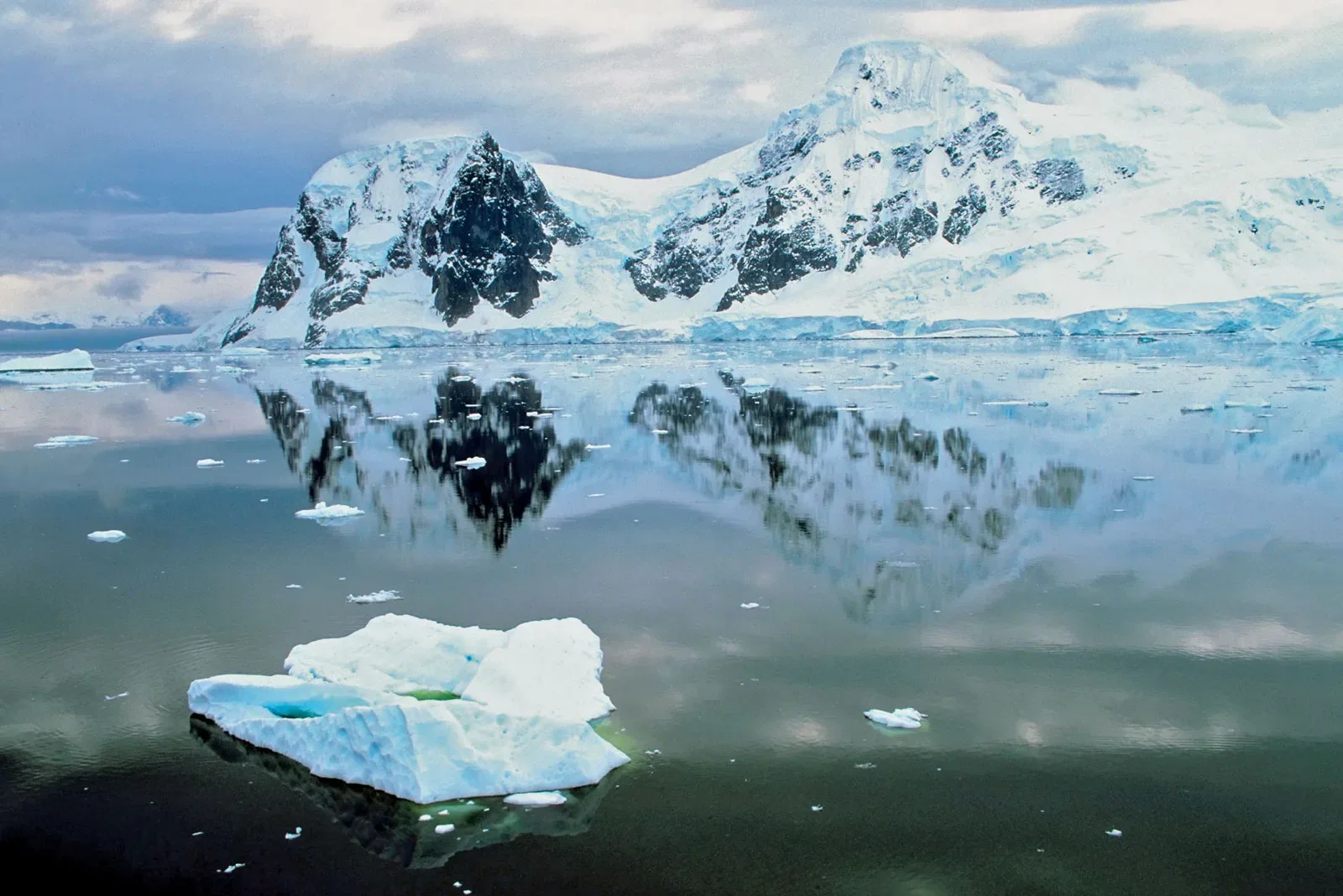Antarctica, Earth’s southernmost continent, holds a unique place in our planet’s ecology, geography, and climate. As the coldest, driest, and windiest continent, Antarctica remains a mystery for many, attracting explorers, scientists, and environmentalists from all over the world. The sheer size and remoteness of this icy landmass, spanning over 5.5 million square miles, make it a place of extreme conditions and hidden secrets.
Extreme Climate and Conditions
Antarctica holds the title for the coldest place on Earth. Temperatures here can drop to an astonishing -144°F (-98°C) during the winter months. The continent is also extremely dry, classified as a desert because it receives less than 2 inches of precipitation each year. Its winds are intense, often reaching speeds that would classify as hurricanes elsewhere. These harsh conditions have preserved much of the landscape, making survival challenging for any life forms that thrive here.
The Unique Ecosystem of Antarctica
Despite the extreme environment, Antarctica is home to a unique ecosystem. Seals, penguins, and seabirds have adapted to survive the freezing temperatures and scarce resources. Beneath the ice-covered ocean, marine life flourishes with species of krill, fish, and even colossal squids. The continent’s isolated nature has allowed these animals to evolve with minimal human interference, making Antarctica’s ecosystem one of the most pristine on the planet.
Antarctica’s Impact on Global Climate
Antarctica plays a critical role in regulating the Earth’s climate. The thick ice sheets reflect a significant amount of solar radiation, helping to cool the planet. However, recent changes in temperature have raised concerns, as melting ice sheets could cause a rise in sea levels worldwide. Understanding Antarctica’s climate patterns is essential in the fight against global warming, making it a key focus of international climate research.




